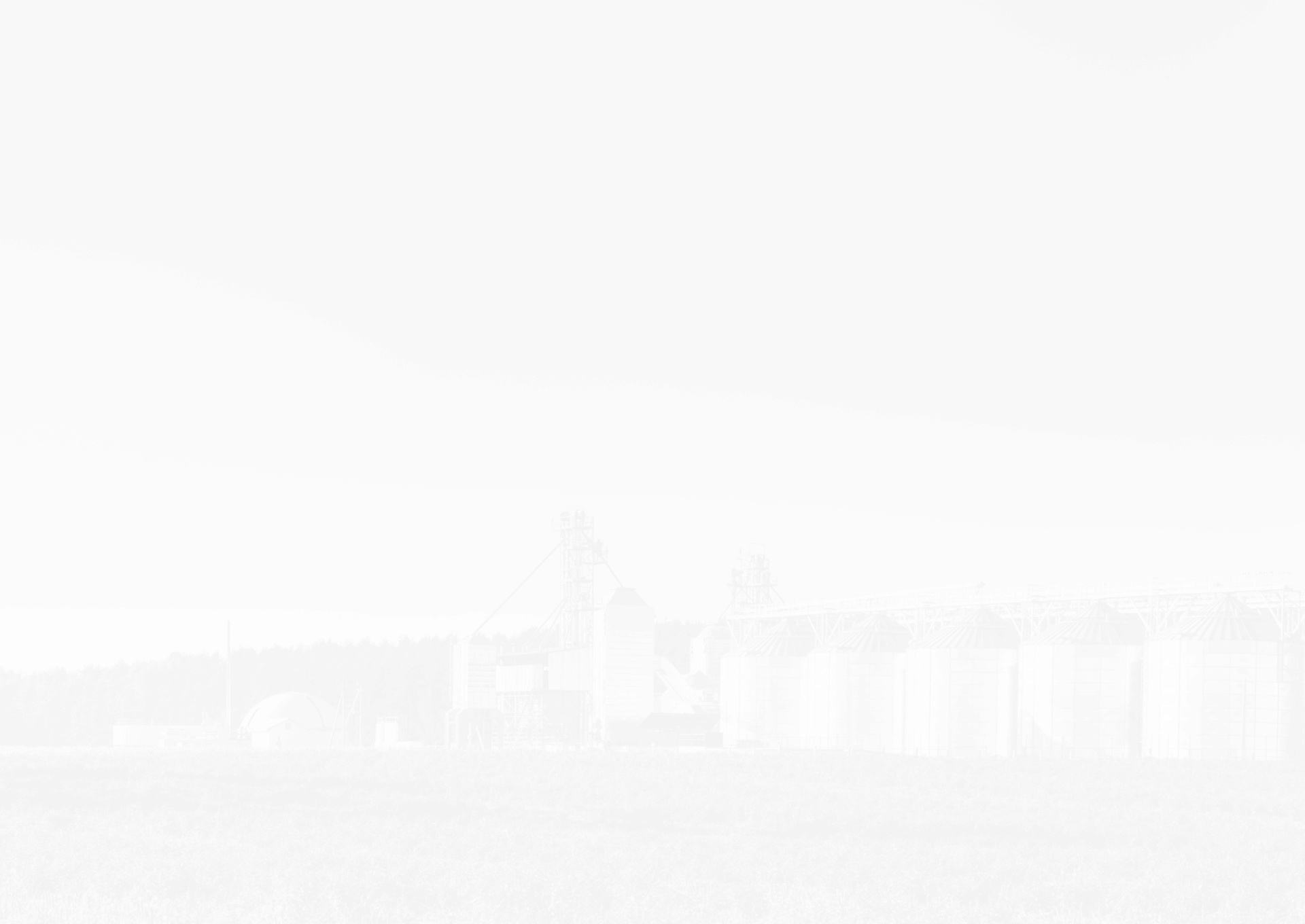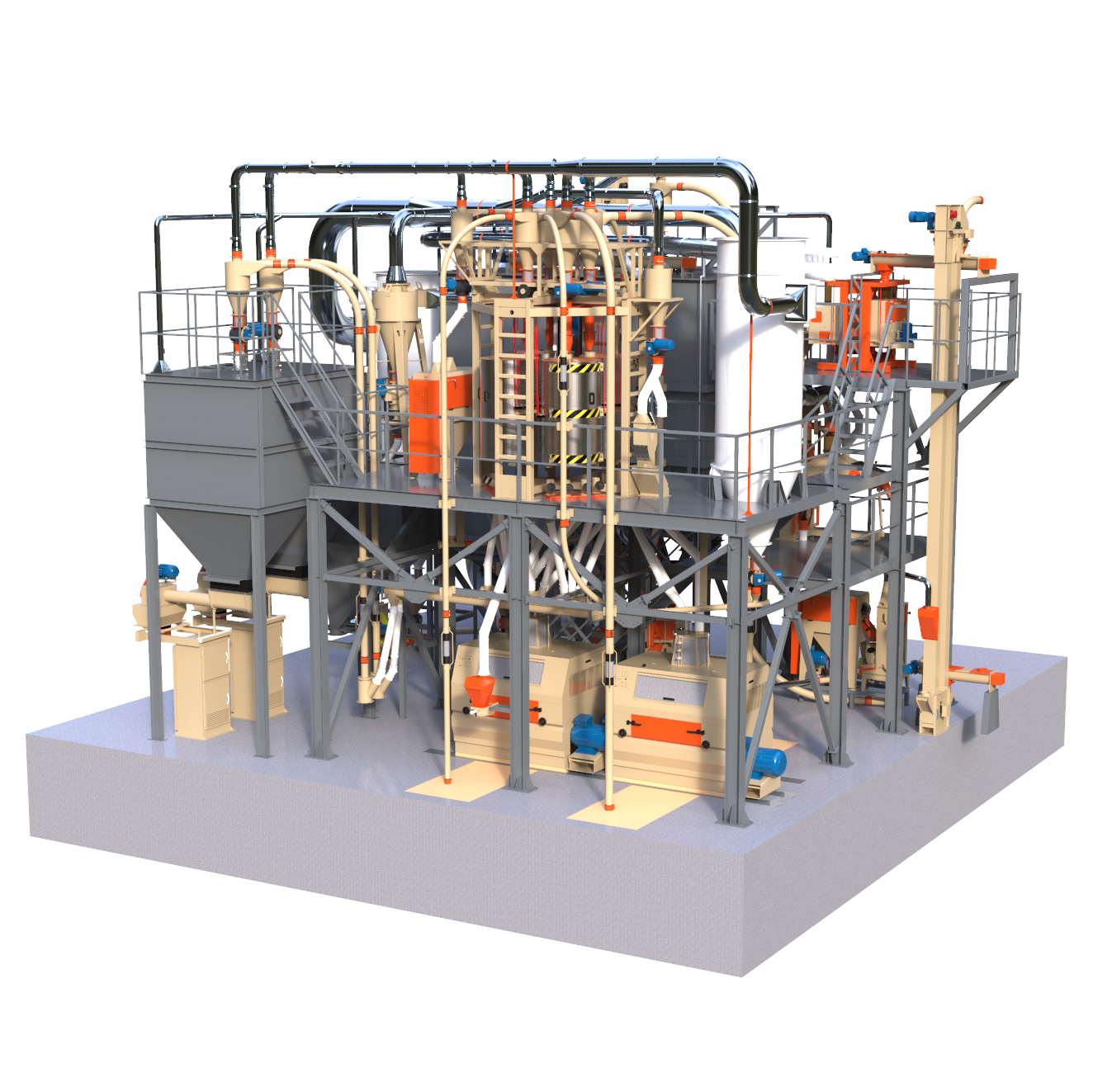
Wholemeal Milling Plants
Purpose:
Wholemeal Milling Plants are designed for wheat and rye into wholemeal flour, as well as other crops (oat, barley, maize, buckwheat) into wholemeal-type flour. The task of such milling plants is to supply bread-making and confectionery plants with flour.
Description:
As it is known, due to no demand for graded-ray flour, graded-ray milling plants aren’t in operation at all these days. In this connection, wholemeal milling plants for different crops, alongside with grade-wheat milling plants, form the basis of the national milling industry. Due to comparatively low needs for wholemeal flour, wholemeal milling plants are far less efficient and far less common. However, stable demand for such flour requires reconstructing the existing manufactures as well as creating new ones.
Traditionally, wholemeal flour used to be made from wheat and rye. However, nowadays the vast majority of wholemeal milling plants process rye, as namely wholemeal rye flour besides grade wheat flour is included in making of wheat and rye breads, which are in high demand.
The mentioned above communications can be developed in the framework of implementing individual design projects due to particular technical tasks.
Wholemeal-type flour is also produced from the grains of oat, barley and buckwheat. The feature of such processing is preliminary glume separation and transfer for milling of no less than 80% of peeled-off grains. Thus, oat flour is produced for popular oat cookies, as an example. In some countries, it is common to consume dishes made of wholemeal-type corn flour.
Thus, wholemeal milling plants differ from one another not only due to the level of efficiency, but also – the features of processing technology of particular crops, which is the determinative factor of their creation. For this reason wholemeal milling plants are designed by us only due to particular technical tasks in the framework of individual design projects.
Specifications
Basic yield of wholemeal flour and wholemeal type flour
(from grain of basic conditions):
Аdvantages
As you know, the most valuable substances for the human body are found in the peripheral parts of the grain. Since, unlike high-quality flour, wholemeal flour contains not only endosperm, but also crushed shells, such flour is undoubtedly more useful for human nutrition. The consumption of wholemeal flour promotes health, especially the prevention of diabetes and cardiovascular disease.
Photo
Basic yield of wholemeal flour and wholemeal type flour
(from grain of basic conditions):
As you know, the most valuable substances for the human body are found in the peripheral parts of the grain. Since, unlike high-quality flour, wholemeal flour contains not only endosperm, but also crushed shells, such flour is undoubtedly more useful for human nutrition. The consumption of wholemeal flour promotes health, especially the prevention of diabetes and cardiovascular disease.
































